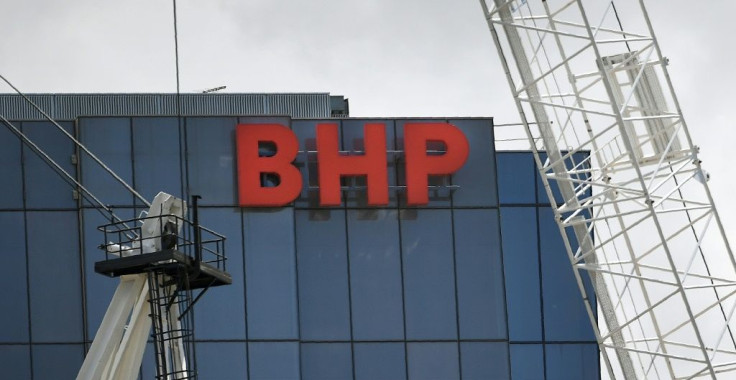BHP To Merge Oil And Gas Assets With Australia's Woodside
Mining giant BHP announced Tuesday it will merge its oil and gas assets with Australia's Woodside, in a multibillion-dollar deal that sees BHP exit the liquid fossil fuel business.
The Anglo-Australian firm said the agreement would see Woodside issue new shares to BHP shareholders as it becomes a global top 10 LNG producer.
Woodside's existing shareholders would retain a 52 percent stake in the newly expanded Woodside, while BHP shareholders would own 48 percent.
"Bringing the BHP and Woodside assets together will provide choice for BHP shareholders, unlock synergies in how these assets are managed and allow capital to be deployed to the highest quality opportunities," BHP chief executive Mike Henry said.
"The merger will also enable the skills, talent and technology of both organisations to build a resilient future as the world's needs evolve."
BHP's petroleum business is worth US$15.4 billion, the company said, with oil and gas assets in the Gulf of Mexico, Australia, Trinidad and Tobago.
"Merging Woodside with BHP's oil and gas business delivers a stronger balance sheet, increased cash flow and enduring financial strength to fund planned developments in the near term and new energy sources into the future," said Woodside CEO and managing director Meg O'Neill.

The deal remains subject to approval from investors and regulators.
It comes just a year after BHP signalled a transition away from the intensely polluting thermal coal market as it aims to reach net-zero emissions by 2050.
BHP also announced in June that it had reached a deal to sell its stake in the vast Colombian coal mine Cerrejon -- one of Latin America's largest mines -- to project partner Glencore.
O'Neill said Woodside would continue reducing carbon emissions from the company's newly combined portfolio as the firm strives to achieve the same 2050 target as BHP.
Separately, BHP said it would invest US$5.7 billion to develop the Jansen potash mine in Canada as it diversifies its portfolio.
The company said the investment in potash, which is used to make fertiliser, would provide "increased leverage to key global mega-trends including rising population, changing diets, decarbonisation and improving environmental stewardship".
BHP also announced US$17 billion in underlying profits in the 12 months to June 30, up 88 percent from the previous year, on the back of high iron ore and copper prices.
Shareholders will receive a record final dividend of US$2 a share, the company said in its annual earning report.
© Copyright AFP 2024. All rights reserved.



















